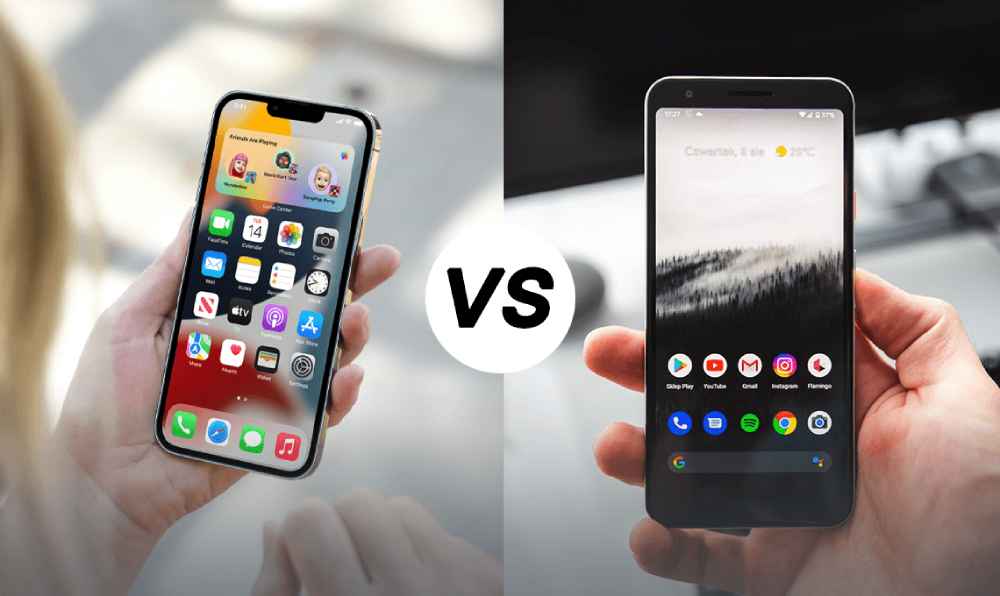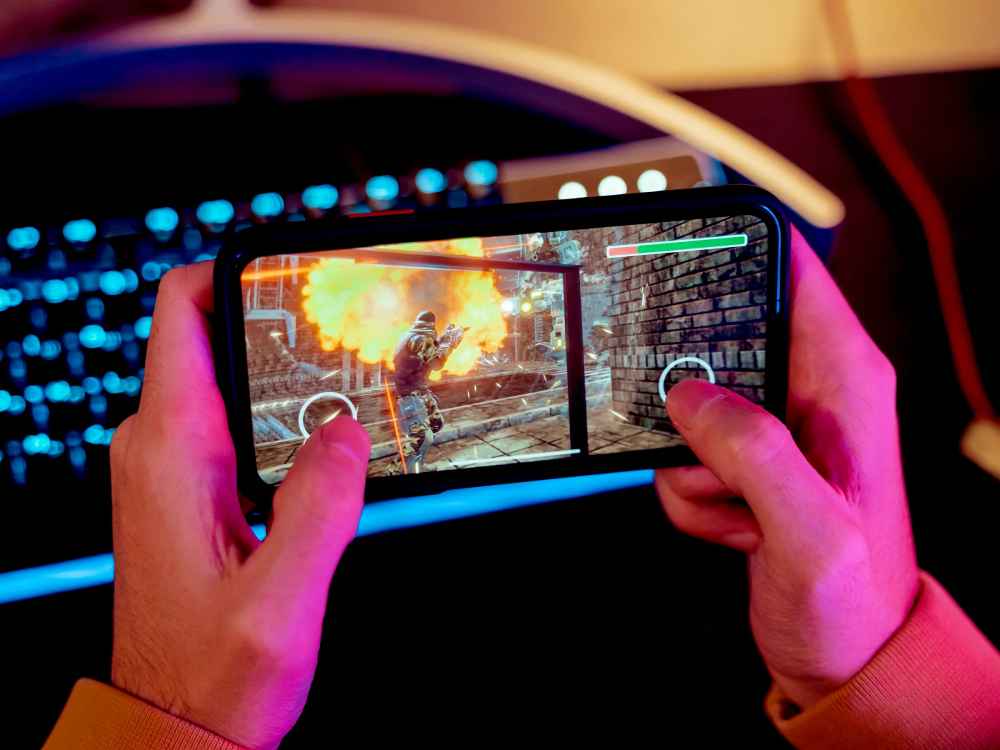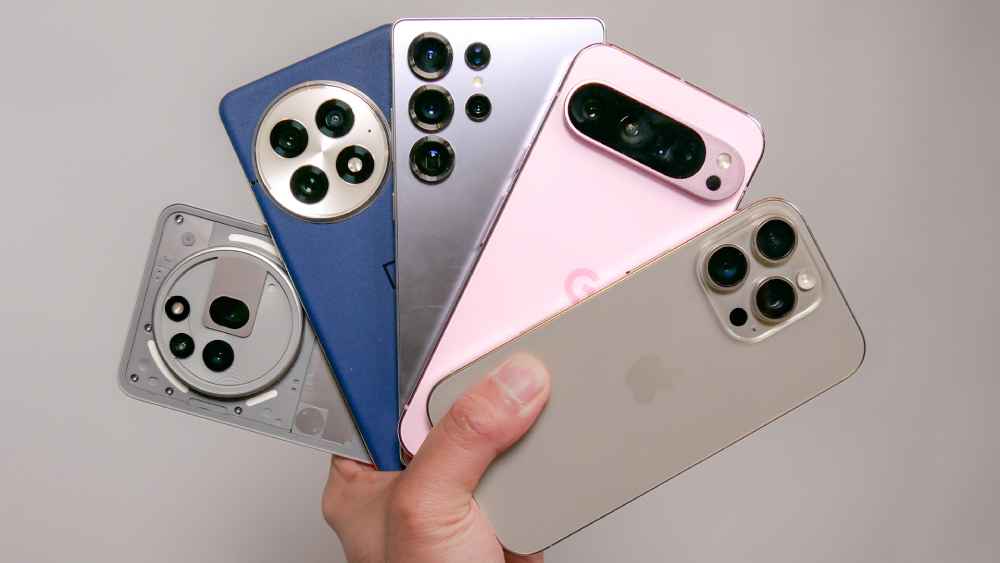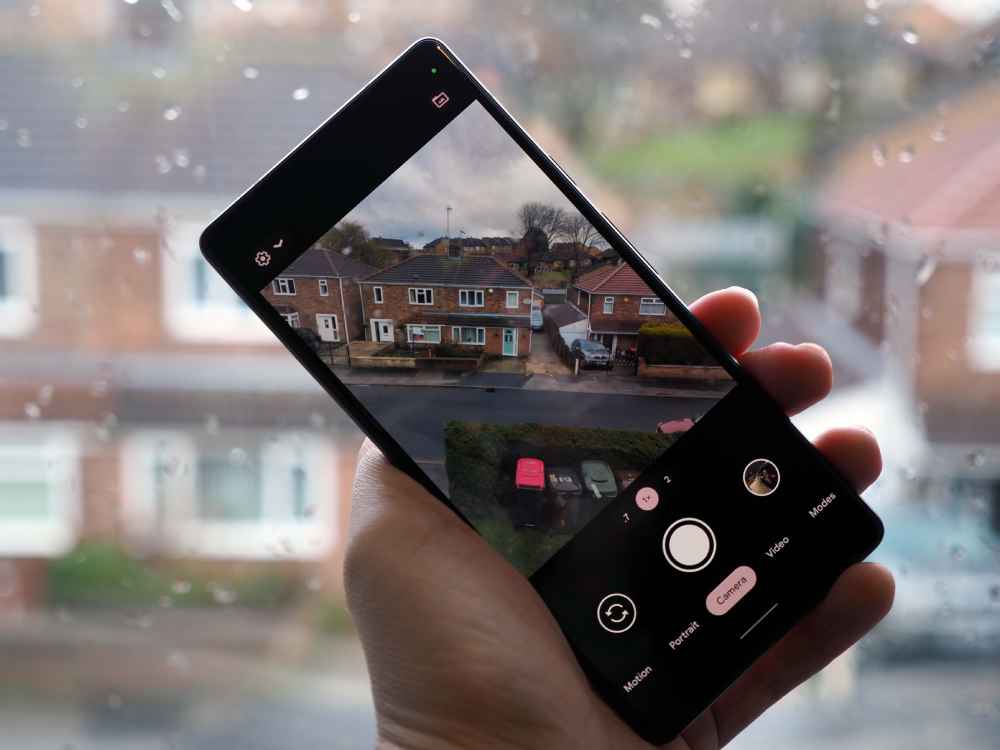
How to Choose the Right Smartphone for Your Needs
With hundreds of smartphones flooding the market, choosing the right one can feel overwhelming. Whether you need a flagship powerhouse, a budget-friendly device, or a camera-centric phone, this guide will help you make an informed decision.
In this detailed smartphone buying guide, we’ll break down the key factors to consider, including operating systems, performance, display quality, camera capabilities, and battery life. We’ll also share tips for choosing a smartphone that suits your needs—whether it’s for gaming, photography, business, or everyday use.
By the end, you’ll be equipped with the knowledge to pick the perfect smartphone that offers the best value for your money.
Pro Tip: Always check a smartphone’s software update policy before purchasing. Phones with longer update support offer better security, performance, and longevity.
Quick Guide: How to Choose the Right Smartphone for Your Needs
1. Needs: Gaming, photography, business, battery life, budget.
2. OS: Android (customisation, variety) vs. iOS (ecosystem, updates, security).
3. Display: OLED/AMOLED for better visuals, 90Hz+ for smoothness, 6.5”+ for media.
4. Performance: High-end chipsets (Apple A18, Snapdragon 8 Gen 3), 8GB+ RAM, 256GB+ storage.
5. Camera: OIS for stability, low f-number for night shots, multiple lenses for versatility.
6. Battery: 4,500mAh+ for daily use, 5,000mAh+ for heavy users, fast/wireless charging.
7. Future-Proofing: Get 5G, long software support, and strong brand reliability.
Important Tip: Compare real-world user reviews, not just specs. A well-optimized phone can outperform a device with higher numbers on paper.
1. Understanding Your Needs
Before diving into technical specifications, define your primary needs. Ask yourself the following questions:
- What is your primary use? Do you need a phone for gaming, photography, business, or casual use?
- How important is battery life? Will you use your phone heavily throughout the day?
- What features matter most? Do you prioritise a high-refresh-rate display, camera performance, or robust security features?
- What is your budget? Are you looking for a premium flagship or the best phone for your budget?
2. Choosing an Operating System: Android vs. iOS

One of the first decisions you’ll make is choosing between Android and iOS. Each offers unique benefits:
Android
- More Variety: Available on devices from Samsung, Google, OnePlus, and more.
- Customisation: Highly flexible with support for widgets, custom launchers, and app modifications.
- Expandable Storage: Many Android devices support microSD cards.
- Wider Price Range: From budget phones to premium flagships.
iOS (Apple)
- Seamless Ecosystem: Works effortlessly with MacBooks, iPads, and Apple Watches.
- Longer Software Updates: iPhones receive updates for 6+ years, ensuring longevity.
- Optimised Apps: Many apps are first released on iOS and run smoother.
- Privacy and Security: iOS offers robust privacy features and strong encryption.
Verdict:
Choose Android for customisation and variety. Opt for iOS if you prefer simplicity, longevity, and a streamlined ecosystem.
3. Display: Size, Resolution & Refresh Rate

Screen Size
- Compact (Under 6 inches): Best for one-handed use and portability.
- Standard (6-6.5 inches): Balanced for everyday tasks and multimedia.
- Large (6.5 inches and above): Ideal for gaming, media consumption, and multitasking.
Resolution & Display Type
- LCD: Found on budget phones; decent colours but lower contrast.
- OLED/AMOLED: Offers deeper blacks, vibrant colours, and better contrast.
- QHD/4K: Ultra-sharp clarity, common in flagship devices.
Refresh Rate
- 60Hz: Standard, smooth enough for basic use.
- 90Hz-120Hz: Smoother scrolling and gaming experience.
- 144Hz+ (Gaming Phones): Ultra-smooth refresh rates for a premium gaming experience.
4. Performance: Processor, RAM & Storage

Processor (Chipset)
The processor impacts speed and efficiency. Here are the top-performing chipsets:
- Apple A18 Bionic (iPhones): Industry-leading speed and efficiency.
- Snapdragon 8 Gen 3 (Android flagships): Powerful for gaming and multitasking.
- Google Tensor G4 (Pixel phones): Optimized for AI-powered photography.
- MediaTek Dimensity: Budget-friendly performance for everyday use.
RAM
- 4GB-6GB: Suitable for basic tasks and budget phones.
- 8GB-12GB: Ideal for gaming and heavy multitasking.
- 16GB+ (Gaming Phones): For high-end gaming and advanced users.
Storage
- 64GB-128GB: Suitable for casual users.
- 256GB-512GB: Ideal for photographers, gamers, and power users.
- 1TB: Best for professionals needing extensive storage.
5. Camera Quality: What to Look For

If photography matters to you, consider the following:
Key Camera Specs
- Megapixels (MP): More megapixels don’t always mean better quality—AI optimisation plays a big role.
- Aperture (f/1.8, f/2.0, etc.): Lower numbers allow more light for better low-light shots.
- OIS vs. EIS: Optical Image Stabilization (OIS) offers sharper photos than Electronic Image Stabilization (EIS).
Lens Types
- Main Sensor: The primary camera (48MP-200MP).
- Ultra-Wide Lens: Captures more in a single frame.
- Telephoto Lens: Optical zoom without quality loss.
- Macro Lens: For close-up shots.
6. Battery Life & Charging Speed
Battery Capacity
- 4,000mAh or less: Best for light users.
- 4,500mAh-5,000mAh: Ideal for daily use.
- 5,000mAh+ (Gaming Phones): For heavy users needing all-day power.
Charging Speed
- Fast Charging (45W-120W): Charges in under 30 minutes.
- Wireless Charging: Slower but more convenient.
- Reverse Wireless Charging: Lets you charge other devices.
FAQs
1. What’s the best smartphone for gaming?
The Asus ROG Phone 8 Ultimate and RedMagic 9 Pro are top choices for gaming, offering 144Hz displays, Snapdragon 8 Gen 3 processors, and large batteries.
2. Which smartphone has the best camera?
The Google Pixel 9 Pro and iPhone 15 Pro Max lead in camera quality with AI-powered image processing, superior low-light performance, and optical zoom capabilities.
3. Is 5G worth it?
Yes, if you want faster download speeds and future-proof connectivity, a 5G-enabled device is a smart choice.
4. What’s the ideal storage capacity for most users?
For most people, 256GB of storage offers enough space for apps, photos, and videos. Power users may prefer 512GB or 1TB.
Finding the Perfect Smartphone: A Complete Buying Guide

Choosing the right smartphone requires balancing your needs, budget, and preferences. Whether you’re after a high-performance flagship, a camera-centric device, or a budget-friendly option, this guide equips you with the knowledge to make the best decision.
